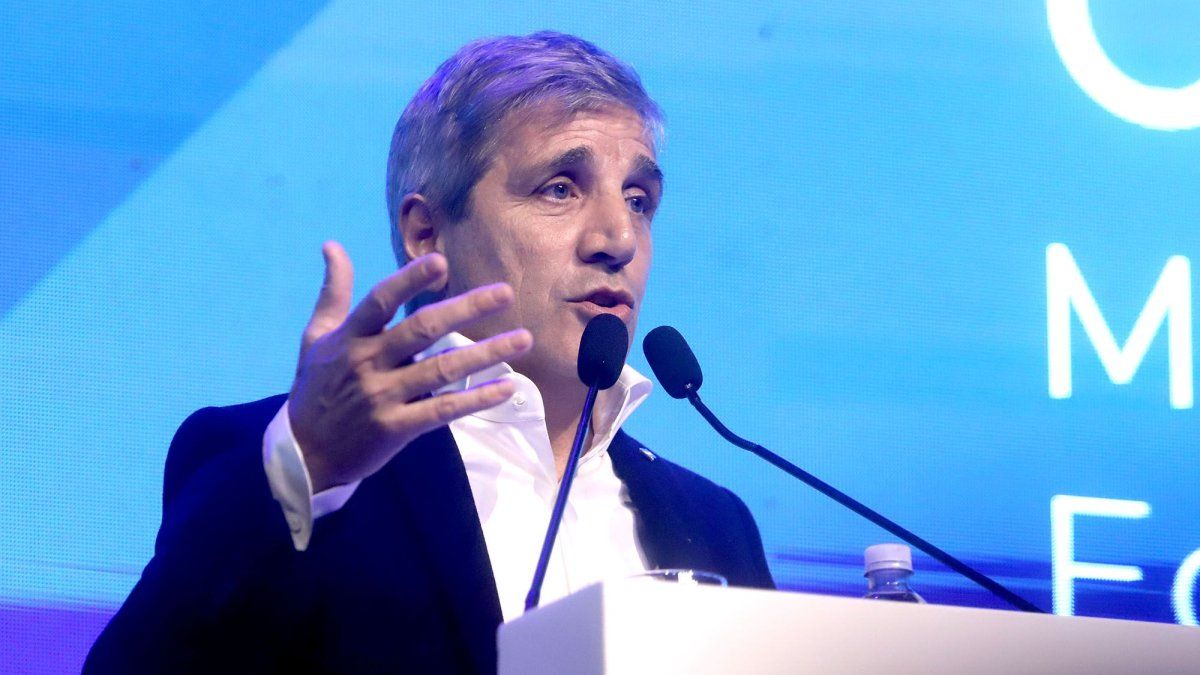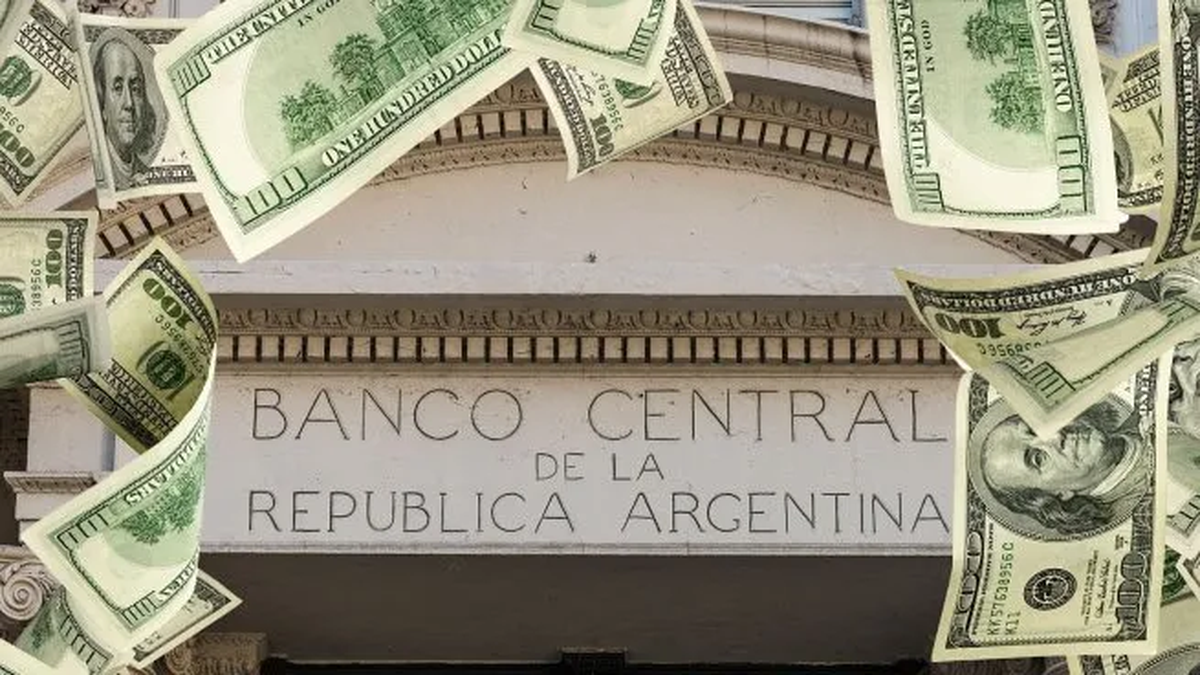The market is still waiting for the possibility of a debt exchange during 2025, taking into account the decree of necessity and urgency that enables the Minister of Economy, Luis Caputo, to carry out a similar operation without going through Congress.
Before it can be launched, deputies and senators are going to have to approve the DNU, whose luck can be uneven. In the opposition, Encuentro Federal promotes including an article for an exchange with some limitations for the Executive Branch.
But, beyond that, Alternatives are already being imagined in the market, and the one with the greatest chance of being carried out, a voluntary exchange, could allow the Government save payments of about US$5,000 million a year.
Who are the candidates for the exchange?
This is stated in a report Delphos Investment that projects a possible debt exchange for global bonds maturing in 2029 (GD29) and 2030 (GD30). “Argentina could incur a voluntary exchange that is favorable, both for investors and for the Treasury, easing its payment profile,” the report says.
He himself points out that The shortest sovereign bonds are those that concentrate the greatest flows in the coming years, because you already pay capital. “It makes sense that these are the main candidates to be traded,” says the analysis.
The report adds that “bonds maturing in 2029 and 2030, having low coupons (1% and 0.75%, respectively), could offer room to improve their conditions in an eventual exchange.”
What would be the exchange price?
For the stock company, if the structure of 2029 and 2030 bonds, a 5-year grace period is added and it is assumed that the next two payments in January and July are made with a increase in the coupon rate to a fixed 5%, The equilibrium point between the present value of this new bond and the current ones would be reached with an increase in approximately 10% on prices.
“That is to say that The exchange price for the 2029 bonds is US$84 and US$76 for the 2030s. This would imply that the GD30, for example, is trading at an IRR of 11% and the country risk is approximately 700 basis points,” says Delphos.
Society analysts point out that “this makes a voluntary exchange scenario feasible under these terms, which would allow greater sustainability in debt management.” “Investors would receive a bond with a longer duration and a better interest rate,” they point out.
The study indicates that, “in this scenario, the duration of the Treasury maturity profile would extend from 6.3 to 7.3 years, which alleviates the financial burden in the short term.” “The payment profile would improve significantly in the coming years, with a reduction in annual disbursement of approximately $5 billion until 2029,” the study concludes.
Source: Ambito
I am a 24-year-old writer and journalist who has been working in the news industry for the past two years. I write primarily about market news, so if you’re looking for insights into what’s going on in the stock market or economic indicators, you’ve come to the right place. I also dabble in writing articles on lifestyle trends and pop culture news.




